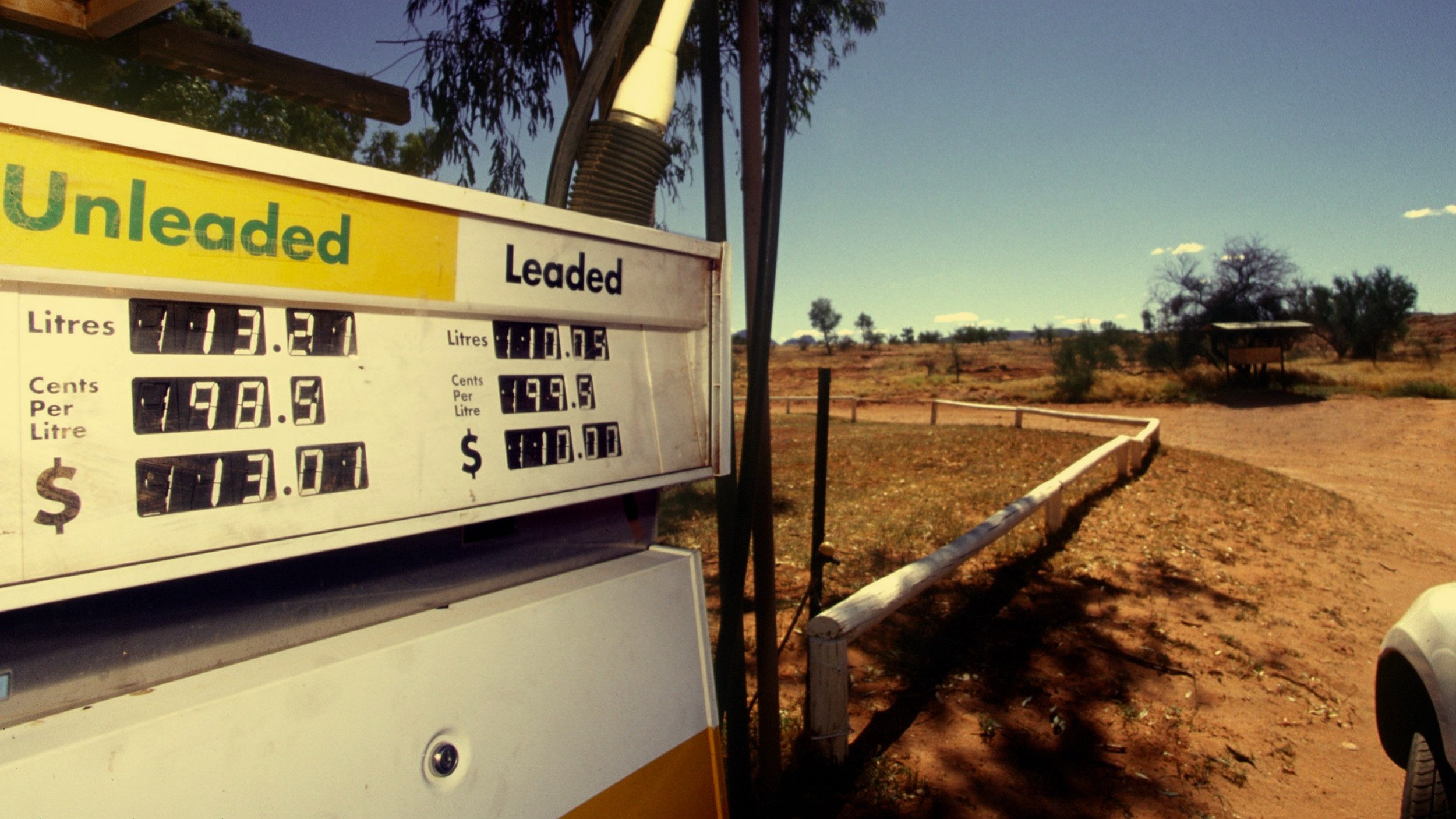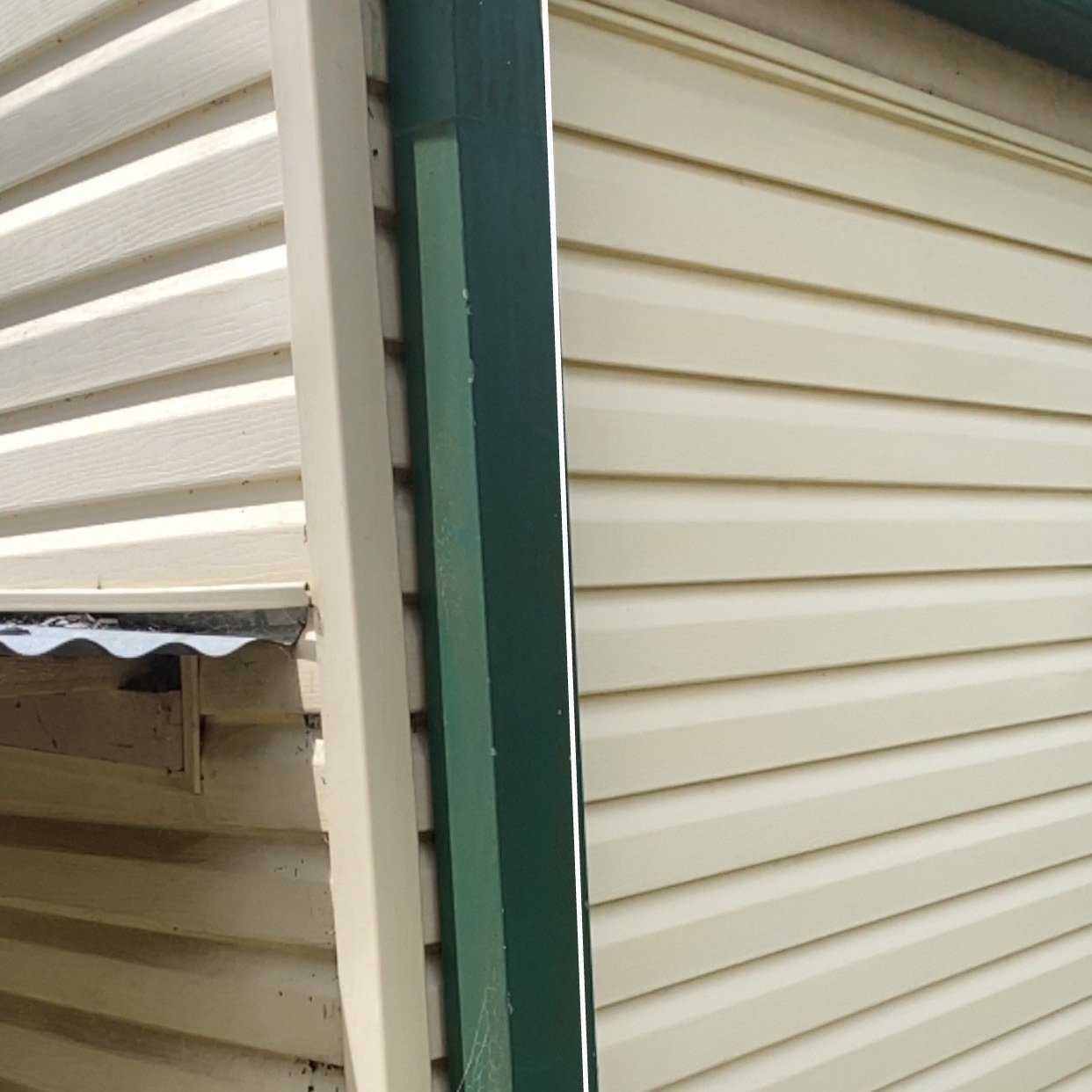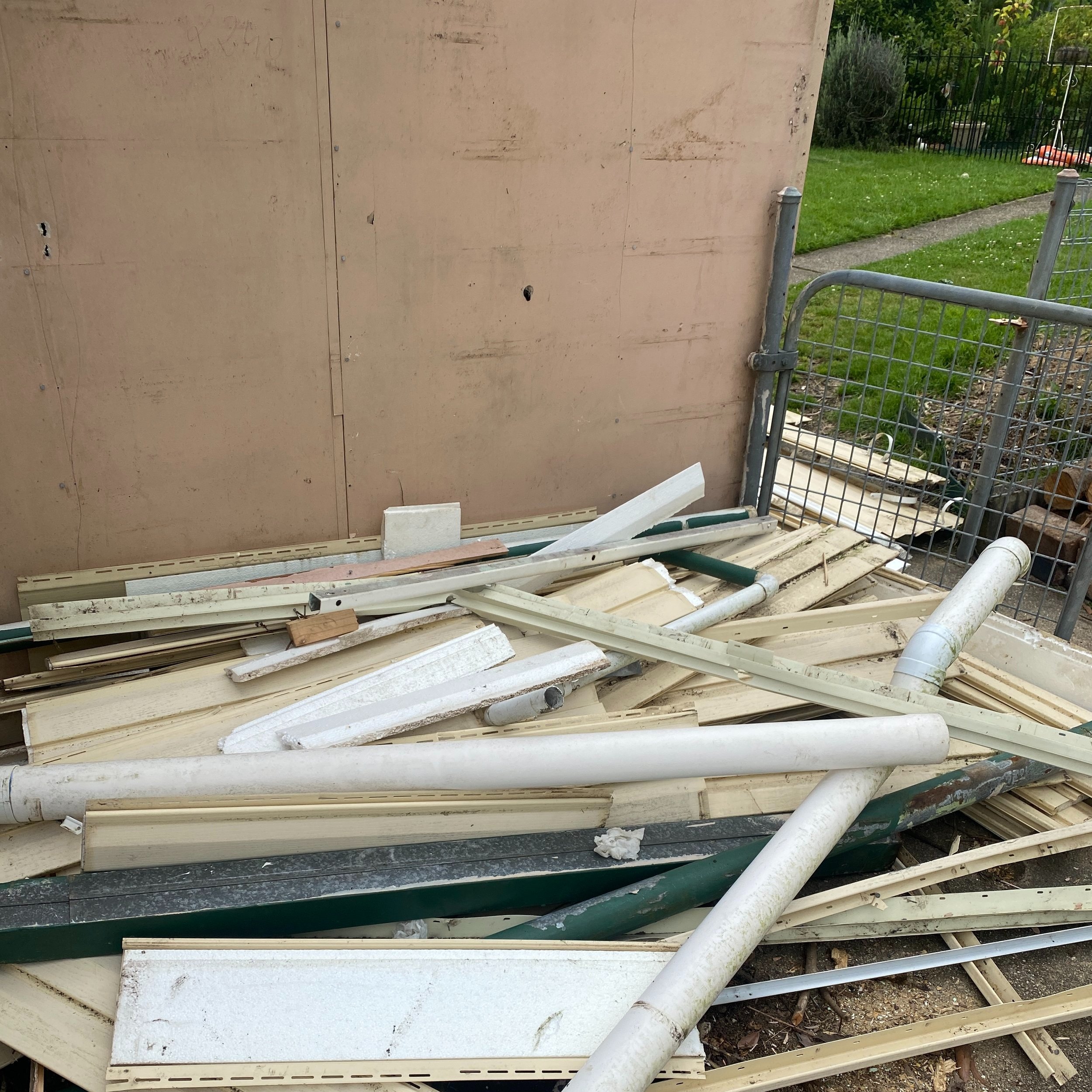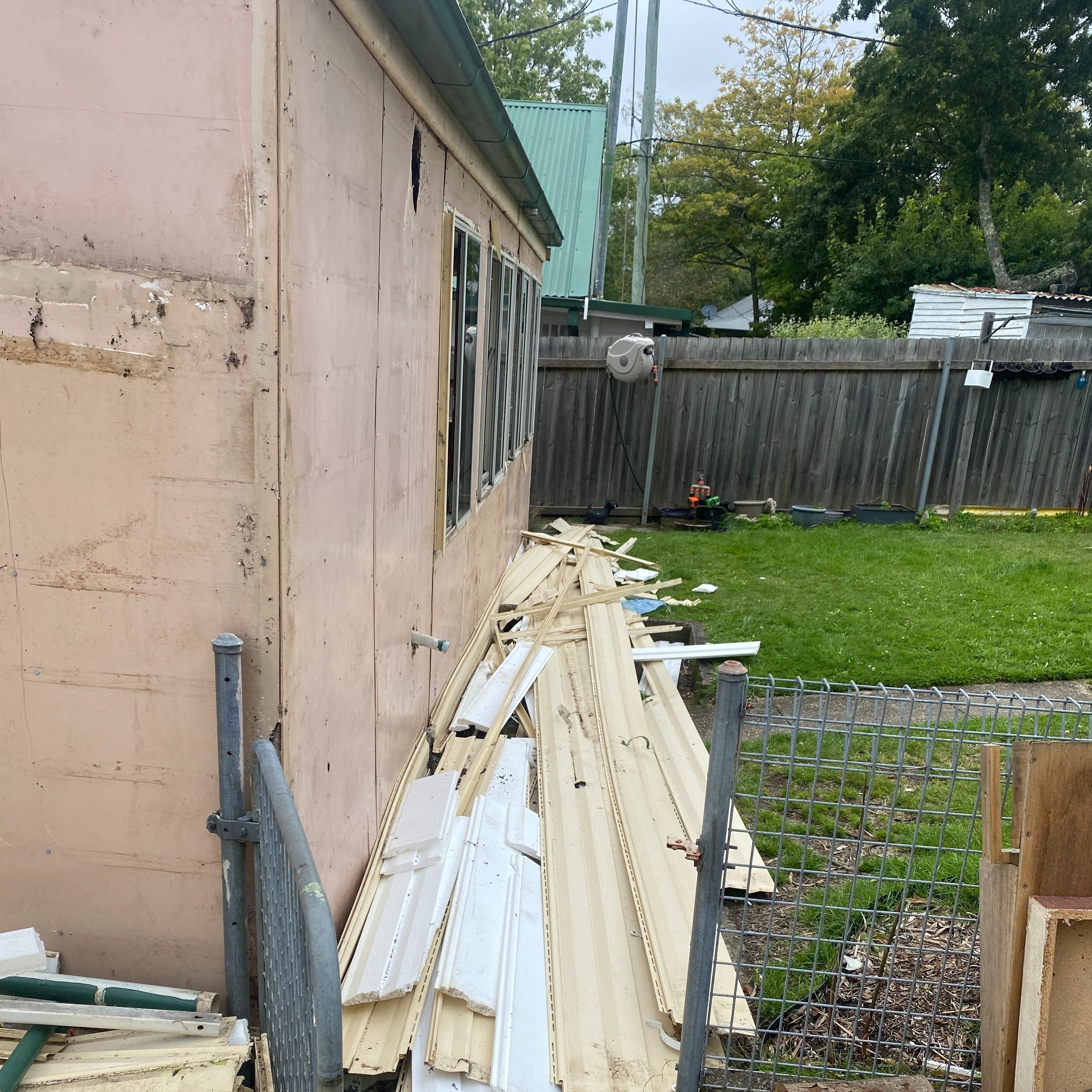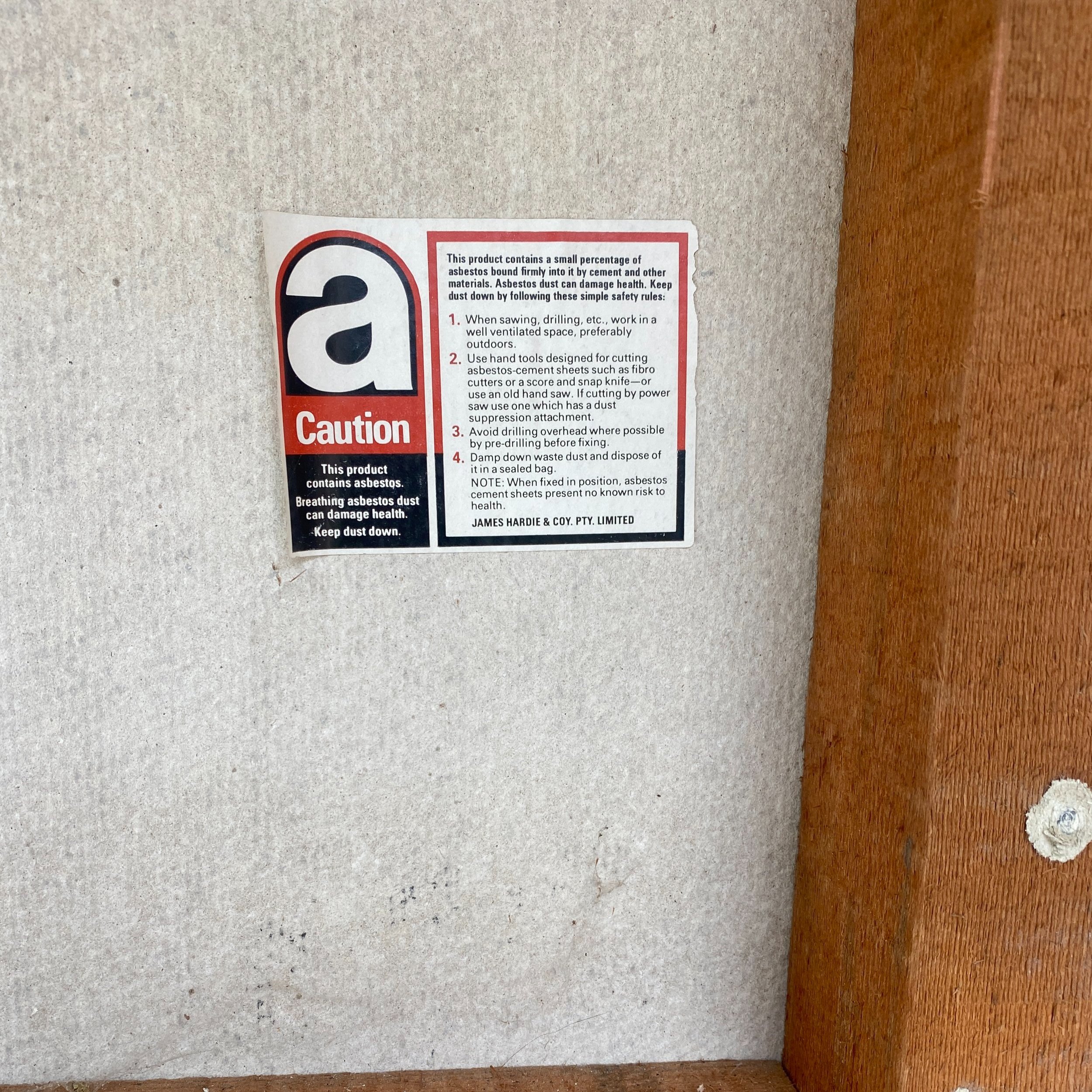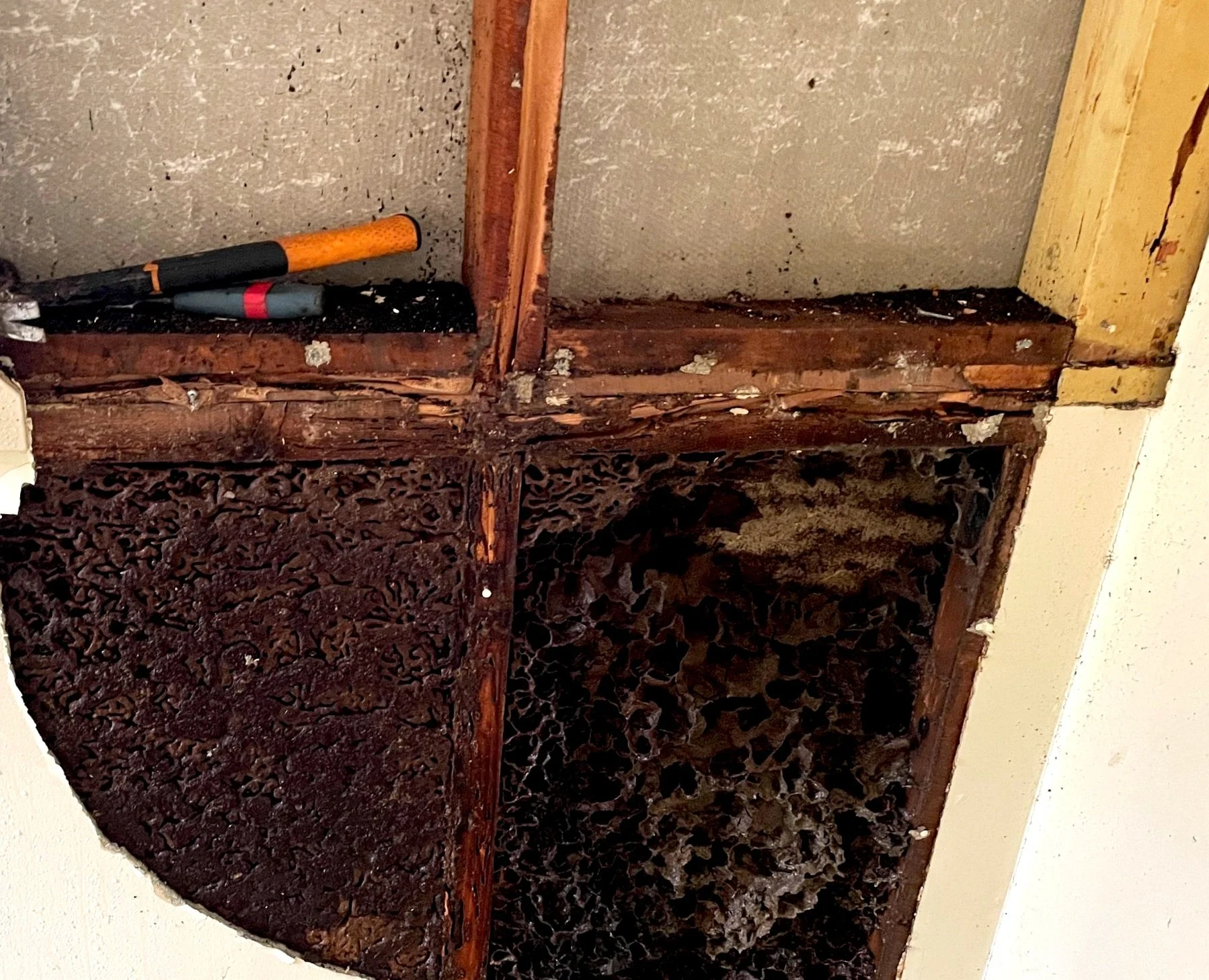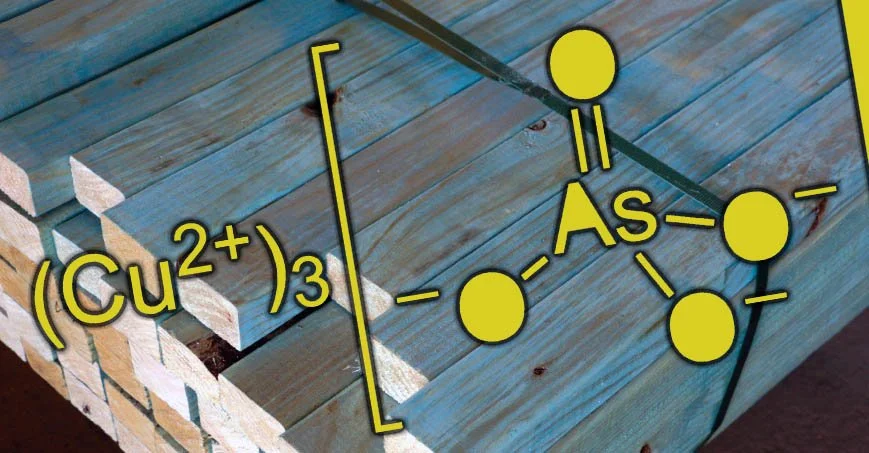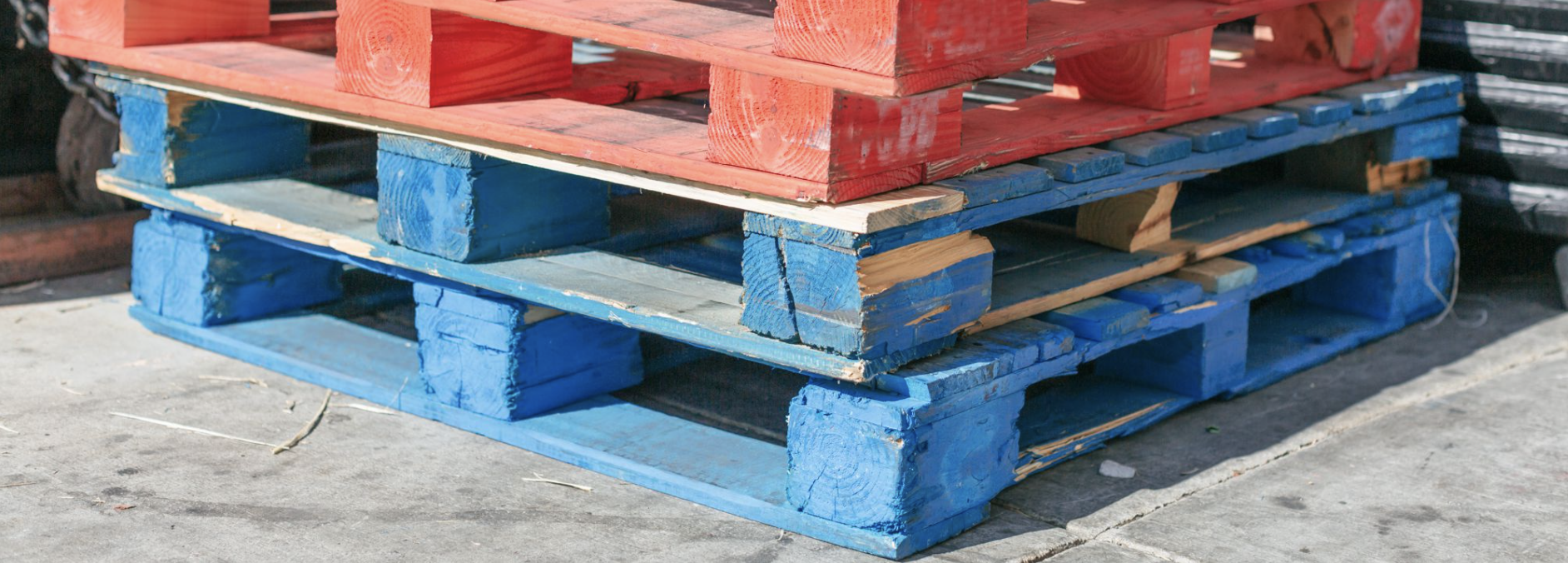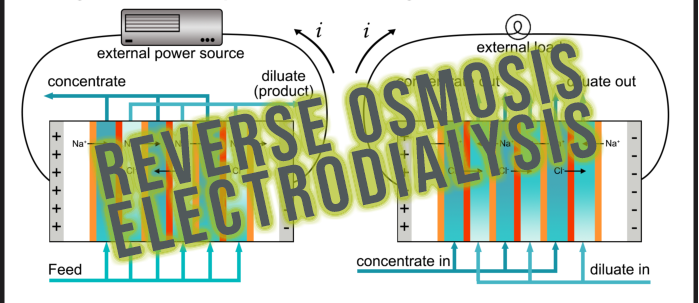Brick House
Think your house is made of brick, here's why you may be wrong.
An Australian Icon, the red brick family home. We most commonly associated them with the 60s and 70s but the popularity of bricks has seen a range of similar homes across Australia starting with Federation era double brick homes through to contemporary brick veneer homes.
Just as styles, trends & fashions change, so does what we desire in our home from aesthetics to functionality. Entire hit television programs exist on the basis on renovating, changing & modernising properties to make them more appealing to the broader audience.
This however is no modern concept & just like some renovations in modernity, a few people historically were doing the dodgy.
We’ve all been tempted to slap a fresh coat of paint on a deteriorating timber or to lay a new floor atop of the old but common sense usually prevails & we come to the realisation that whilst a little more initial effort that the end result will be far superior if we simply do the job correctly.
But how can we tell what the previous owner has done to the property & if they have done a great job or not? It’s a difficult question, with some things being obvious like massive gaps, tonnes of filler/silicone or an extension with a noticeably sloping floor. Others may be difficult to pick up with the untrained eye.
We’ve previously looked at why so many asbestos fibro homes exist, especially in The Blue Mountains; With a perfect post war storm of rapid residential expansion and cheaper construction materials we ended up with a tonne of regular everyday asbestos properties.
Next we enter the 60s & 70s - design was changing, brick was now all the rage & fibro property owners were left with two options; Nail some vinyl or aluminium siding over the top & act like it’s timber or brick up the entirety of the facade & pretend you have a new brick veneer home (not too much of a stretch considering the egregious use of asbestos products in the 70s).
It kind of looks like timber whilst squinting.
Obviously having brick applied over asbestos sheeting makes it incredibly difficult to remove with the brick work needing to be delicately removed by hand in order to gain access.
How can you tell if your house may have a supplementary fibro cladding behind the brick? Depending on how well the brick veneer has been constructed, it can be quite difficult - but some obvious sign are mismatched proportions to the house, the general thickness of the walls if you place a hand on an internal face and exterior whilst standing in the front door. One of the easiest and most common telltale signs is the eaves, as generally there would be no additional work to blend the existing eaves with the building resulting in fibro eaves that appear commically short with no final trim applied. In most instances you can see a fine gap atop of the brick work with the eave sheeting continuing to the internal wall cavity.
So, if on the hunt for your new home or planning some renovations to your existing, it may be worth having a closer look at the bricks before you get the ball rolling and if you think you need some help or aren’t sure what you’re dealing with, contact us today for a free property consultation.
Lead, The Blue Mountains & A New Airport.
We still refer to regular petroleum as “un-leaded” fuel, a confusing expression implying that lead is naturally occurring in fuel and further processing has removed this harmful element from the petroleum - and not the fact that we simply stopped adding lead compounds to fuel after realising that its pretty bad stuff!
Lead, a heavy metal that was once widely used in household & industrial products from antiquity to modern times, may seem like a thing of the past, but it still poses a serious threat to our health & environment today.
You may know lead from the chunky acid cell batteries found in cars, fishing sinkers, wheel weights & many other applications; For anyone over the age of 30, chances are you remember leaded fuel available at almost every service station. In fact, lead fuel additives have had such a longstanding impact, despite its sale being banned Australia wide in 2002, we still refer to regular petroleum as “un-leaded” fuel, a confusing expression implying that lead is naturally occurring in fuel & further processing has removed this harmful element from the petroleum - not the fact that we simply stopped adding lead compounds to fuel after realising that its pretty bad stuff!
Lead found in our environment can generally be classified into two categories. Organic lead or inorganic lead depending on the way the lead atoms are bonded to other atoms within a molecule.
Inorganic lead is a metal that is typically found in its elemental form, such as in lead pipes & batteries or compounds that are formed when lead is combined with other elements like oxygen, sulfur, or chlorine.
Organic lead, on the other hand, is formed when lead is combined with carbon & hydrogen atoms. Organic lead compounds have been used in various applications, such as pesticides, plastics, paints & the aforementioned petroleum. Organic lead compounds are typically more lipid soluble than inorganic lead, & as such are more easily absorbed by the body.
Typical soil analysis from the surrounds of an older building within the Blue Mountains (built prior to 1974)
Lead compounds are easily absorbed by the body via inhalation, ingestion & even osmotically permeates skin where it can accumulate in tissues, leading to various health problems such as nerve damage, developmental delays & reproductive problems.
Entire paper available to read here
A lasting legacy of lead contaminated homes & land in Australia have contributed to an abundance of ongoing research & statistical data. It comes as no surprise that a recent study of backyard hen eggs contain levels of lead 40 times higher than that of commercially available eggs from the supermarket.
Lead - Now with extra Benzene!
So, what does the historic use of leaded fuel mean for you the homeowner?
Well, imagine it’s 1960. You awake on a cold winters morning in The Blue Mountains, there’s frost on the windows. After finishing your crumpet you decide that you should start your brand new car (Chrysler, Datsun, Holden or Beetle) but considering electronic fuel injection hasn’t been invented yet, you’re required to pull the choke lever restricting the airflow through the carburettor allowing the engine to start & idle whilst running incredibly rich - causing unburned fuel vapours to make a thick smoke bellowing from the exhaust. Good, you say to yourself as you return to the warmth inside to finish your coffee & give a lazy 5 minutes for your car to warm up. These warm exhaust vapours with semi combusted particulates slowly rise in the cooler air making their way through eave vents, gable penetrations or through the gaps between roof tiles eventually coming to settle & build up within the ceiling cavity.
The scenario just described is just one day, now consider this happening everyday for almost 50 years, add to this households with more than one car, poorly tuned/maintained vehicles or even what kind of fuel was getting poured into the smokey old lawnmower.
Einzig Industrial director Cameron Little's lead blood levels on display: Despite all the knowledge, experience, precautions & PPE, the quantitative levels were elevated in 2022 & whilst returning to the threshold of normality in 2024, still remain higher than the national average. Imagine what the average sparky or insulator crawling around a ceiling cavity with no PPE is exposing themselves to!
What of the airport mentioned in the title of this post?
Well, with Sydney’s new Western Airport nearing completion, we can all be excited about the beautiful sounds & sights of majestic planes soaring overhead but did you know that aviation fuel often referred to as AvGas still contains lead in Australia & many other countries.
Considering The Blue Mountains is already regarded as one of the more lead contaminated regions of NSW, it truly seems unfavourable to introduce an additional stream to further lead contamination across the area.
Should you be concerned?
Not unlike asbestos, snakes & unexploded WW2 ordnance - the lead dust found in your ceiling cavity isn’t actively trying to target or harm you however much like asbestos, snakes & unexploded WW2 ordnance the lead dust in your home could become harmful in the event of disturbance. Generally speaking the most common form of disturbance is renovations, replacing lights or having new insulation installed, although roof or ceiling damage from water, fires or falling trees is also a source of exposure. Even friendly possums scuttling about at night will impact the air quality of your surrounds.
So, be mindful before you go playing around in your ceiling cavity & if you’re planning some renovations or thinking of installing some new insulation it may be worth reaching out and having an obligation free chat.
The Lolly Bug
A natural disaster that shocked a community, devastated lolly lovers around the nation and posed a challenging environmental remediation following the fire that destroyed a beloved icon.
A natural disaster that shocked a community, devastated lolly lovers around the nation and posed a challenging environmental remediation following the fire that destroyed a beloved icon.
After a horrific 24 months for most individuals and businesses in Australia facing social restrictions, lockdowns and uncertainty, it would be hard to believe that things could get any worse; But for one unfortunate local business and it’s fan base with tens of thousands of people around the country, it did.
In early January 2022 a lightning strike started a fire within the centre of the prominent building that quickly set ablaze to thousands of dollars of highly combustible sugary treats resulting in a blaze that although extinguished within hours caused catastrophic structural damage to the building which had been at the location for over 130 years.
Following the fire which destroyed most of the building internally, insurance, engineers and Lithgow City Council conceded that the damage was irreparable and it would be an impossible task to try and salvage the heritage listed structure. Upon this decision, demolition orders were shortly issued advising that the building would need to be removed and disposed of from the site as it’s weakened structure and numerous asbestos containing materials posed major risks for people and the environment.
Einzig Industrial commenced the remediation, demolition and removal works in early February with the total time to complete spanning just 5 days to have the entire structure removed, the site cleared and certified by environmental hygienists assuring the land was free of contaminants and ready to begin construction.
Problematically, the original building had received multiple renovations, extensions and modifications over the past century; This coupled with certain areas either being completely inaccessible or too damaged to be safely accessed without the risk of collapse meant that concealed walls, false ceilings and hidden stockpiles of asbestos sheeting and fragments were constantly discovered during the demolition. The result of which meant that each section of building mechanically removed had to be inspected and sorted over by hand before proceeding to ensure that no cross contamination would occur and that materials could be effectively separated for disposal.
A difficult job but one made all the more rewarding knowing that such a well known institution for anyone traveling toward Bathurst from The Blue Mountains is one step closer to being open for business once again.
Cheapest Asbestos Removal
How much does asbestos removal cost? Should I get multiple quotes? What if I do it myself? How can I save money?
How much does asbestos removal cost? What's the cheapest way to get rid of it? Many factors decide the total cost to have asbestos removed from your property. The amount of asbestos to be removed, the access to the work areas of the building, the need for specialised equipment, the number of workers required to complete the works and much more.
So, how can I save money, it’s only a small amount - what if I remove the asbestos myself?
The reality is that you will not only be endangering yourself and others but will likely end up spending much more money than simply having a professional take care of the removal, not to mention leaving yourself liable to fines and penalties.
Consider the cost of a meal at the pub, a $10 steak or schnitzel; If you were to purchase everything needed to create the same meal at home, you would certainly spend much more than $10. The pub in this case separates the cost of the more expensive components across many meals and also has bulk buying power for ingredients. Similarly any reputable asbestos removal company will have much cheaper supply rates for personal and respiratory protective equipment for its workers, have much cheaper disposal rates at tips thanks to ongoing accounts and already has the tools and equipment to perform asbestos removal works.
Maybe you have a small amount of asbestos to remove, 10 square meters or so, an approximate weight of 150kgs. You may spend in excess of $500 in consumables, protective equipment and tools. Spend an entire day trying to do the work, make a mess and at the end of the day realise the tip will charge you a 1 tonne minimum for asbestos (another $550, plus your time, the fuel and tolls to get to the tip) ~ Whereas a small job like this could be completed in a couple of hours by a professional and experienced company for less than $1000.
So, it simply doesn’t make sense to try and DIY high risk work when it will definitely end up costing more money in the long run.
Call Einzig Industrial for a free quote and on site consultation today.
Fibro House; Blue Mountains.
What is Fibro? Does it contain asbestos? Should you be concerned?
A Fibro House; Iconically Australian - country cottages, beach bungalows & . . . . .The Blue Mountains‽
Before taking the time to examine why ‘Fibro’ is so prevalent in The Blue Mountains, lets take a brief moment to gain an understanding of what ‘Fibro’ actually is.
The term Fibro is literally Australian slang, an abbreviation for fibre cement.; A product born of the industrial revolution and popularised by The First & Second World War. Fibro became a go-to building staple across Australia thanks to the attributes of asbestos like fire retardancy, strength and affordability.
Whilst not all Fibro or Fibre Cement contains asbestos, the vast majority of it does; In fact - if you’re looking at fibre reinforced cement sheeting that was installed before the 1990s, chances are very high that it contains an amount of asbestos. The fact that asbestos was not banned outright in Australia until 2003 also means that your relatively modern home could still contain some asbestos containing materials.
So, not all fibro is asbestos and not all asbestos is fibro (it can be found in many other applications, read more here) but how can you tell if your fibro contains asbestos?
Some later products produced by James Hardie came with labels advising of their asbestos content, though over the decades these stickers often degrade or simply fall off. Earlier materials often came with no serial or batch numbers, some asbestos sheeting from the 50s and 60s lacks even a manufacturers stamp, label or branding. Whilst an experienced professional may have a pretty good sense for identifying asbestos sheeting from more modern synthetic fibre reinforced cement sheeting, the only 100% way to know for certain if material contains asbestos is to have it tested in a NATA approved laboratory. The process of having samples sent for analysis is simple and in most cases results will be available in a matter of days.
Call Einzig Industrial to find out more.
But why are there so many fibro asbestos homes located in The Blue Mountains?
Whilst asbestos sheeting was incredibly popular throughout Australia and many other parts of the world, The Blue Mountains seems to have a disproportionate amount of partially or fully clad asbestos homes.
Two major factors are to be considered when understanding why so much asbestos was used in The Blue Mountains. First is the timing of the post gold rush expansion and urbanisation of the lower mountains including Blaxland, Springwood and Hazelbrook along with the electrification and upgrade of the train line. The second factor is a universal component to any decision, cost. The inherent geography of The Blue Mountains makes the transport and delivery of any goods more expensive than its surrounding areas. A standard 3 bedroom fibro home could have the majority of the construction materials delivered in one or two truck loads as opposed to the dozens of truck loads required to build the same sized house out of brick or timber. At its peak, asbestos sheeting was also the cheapest per square meter building material available.
So, not only was asbestos an incredibly popular building material during the largest period of development seen in The Blue Mountains, it was also the cheapest means of getting new properties built.
With the majority of these buildings and homes now exceeding 50 years old, many are in need of repairs, some may need to be renovated for modern conveniences and others being extended or altered to cater for the current usage. What ever the need, call Einzig Industrial for a free on site consultation and quote today.
Termites vs Asbestos
Q. What’s worse than a house infested with termites?
A. A house infested with termites clad with asbestos.
Termite, friend or foe? Let’s find out.
What happens when a timber structure clad either side with asbestos sheeting becomes infested with termites? Extra insulation properties from the nesting? Some new insect friends? Less structural support and grip strength for the embedded nails keeping the asbestos sheeting affixed to the stud walls? ~ The answer: All of the above!
This particular property in Faulconbridge, whilst being a majority double brick original structure dating from the early 1940s had an unusual an unsurprisingly less than structurally sound extension from the disco and bellbottom jeans era. As with most things pertaining to asbestos, the added on room left undisturbed presented minimal danger to the occupants and surrounding neighbours - however, thanks to termites; The structure become weakened to a point that the sheets were literally falling off the frame and breaking, something had to be done.
With council approval, the owner was able to have the extension removed and replaced with modern materials both termite and fire resistant. The asbestos sheeting was able to removed quickly and so to the rotted timber frame, once cleared a pest control professional was engaged to perform preventative measures to ensure future termite infestations need not be a concern. One added benefit of the works being the property’s new extension was tied in to the original Art Deco design an is now not only much safer to inhabit but much more aesthetically pleasing.
Blackheath Asbestos Surprise
What happens when careless contractors fail to follow basic safety protocols?
A 90 year old home, timber clad with a corrugated steel roof in the township of Blackheath; No asbestos in sight, a renovators dream.
Besides from some fibreglass insulation past it’s prime, the ceiling cavity looks pretty good with the steel roofing removed.
As most home owners are aware, sometimes little surprises become apparent when performing maintenance, repairs and remodels left behind by the previous owner/s.
This 3 bedroom home in Blackheath, Blue Mountains was undergoing a light extension with a new roof to mate the existing older structure with the new addition. Works proceeded without issue as the foundation and framework of the original structure were in fantastic condition for its age.
Identified by a keen eyed roof installer, there was an amount of fibrous asbestos cement sheeting fragments scattered around the original bathroom ceiling surface. Investigation found that sandwiched in between the modern gyprock ceiling and original lath and plaster was sheeting of asbestos.
The fragments and associated dust were a result of almost 100 years of bathroom renovations, careless contractors and a well used adjacent chimney stack which over time had rendered the cementitious board holding the asbestos fibres unstable.
Whilst concealed in the roof cavity, the asbestos fragments and dust pose a relatively low risk however with the roof cladding removed for renovations, the open air exposure to the workers on site and surrounding public becomes a high concern.
After remediation to remove the present asbestos fragments, sheeting and associated dust - it was found that inaccessible areas surrounding the original fire place had also been affected by asbestos contamination. Unable to remove the associated waste without complete destruction of the home, a bonding agent was applied liberally to the cavity and signage erected to notify workers in the future of the asbestos contained within the cavity. These works, whilst not granting a certified clearance certificate within entirety - were at least enough to enable works to proceed as scheduled and without delay.
Un-Treating Treated Timber ☠️
The easiest way to dispose of CCA treated timber; read more.
How safe is treated timber?
Treated timber used in Australia can come in a few different forms however the typical blue/green tinted soft pine synonymous with construction in the country for the past 30+ years is not as user friendly as most would believe this cheap and plentiful building material to be.
CCA timber or Chromated copper arsenate treated pine is exactly as its name describes; Lumber from a faster growing plantation pine becomes impregnated under high temperatures and pressure with a solution of Chromium, Copper-Oxide and Arsenic. Whilst you may be familiar with the traditional poison of Arsenic, Chromium and Copper-Oxide pose a wide array of health concerns from hematemesis to cancer.
Most pallets (excluding those used in the distribution of fresh food) are treated.
The NSW Environmental Protection Authority has some useful information as to what CCA treated timber can and cannot be used for whilst also citing all the relevant legislative acts that result in in the basics of disposal for unwanted treated timbers, summated from various Acts - CCA treated timber cannot be burned, cannot be recycled and must go into closed cell landfill to prevent land and water table contamination.
But what if the timber could be un-treated?
Science time
Electrodialytic remediation is basically the reverse process of electro plating a conductive material, a common high school science experiment. Whilst a number of smaller scale tests have been conducted around the world for proof of concept in extracting the harmful yet valuable and useful resources from treated timber, at the time of writing no entity is yet to see if the process works on a commercial scale.
The principle is to take treated timber, use a low voltage direct current in a conductive solution to extract the toxic metal compounds and fuse them to a sacrificial anode for additional chemical processing leaving behind essentially clean timber in the precipitate for further recycling into products like manufactured wood flooring and furniture.







